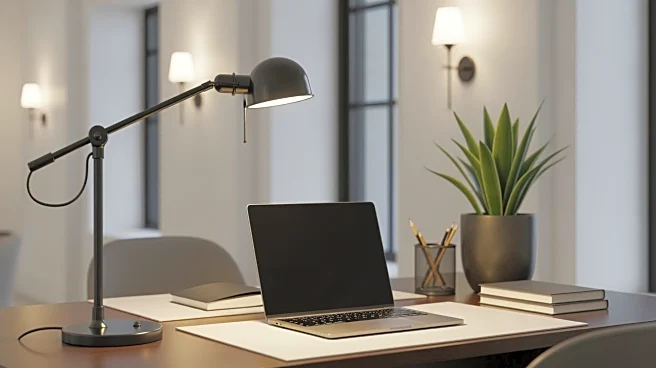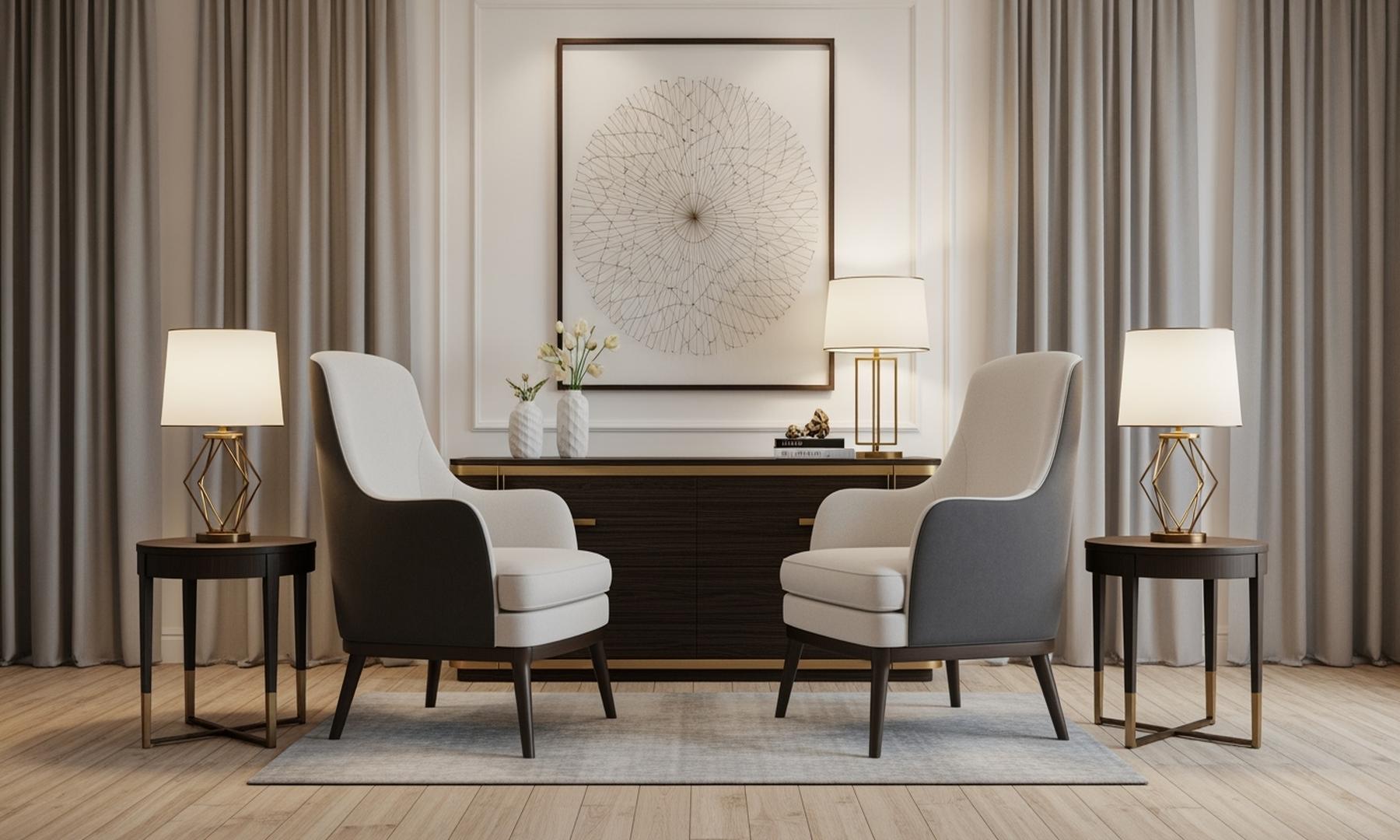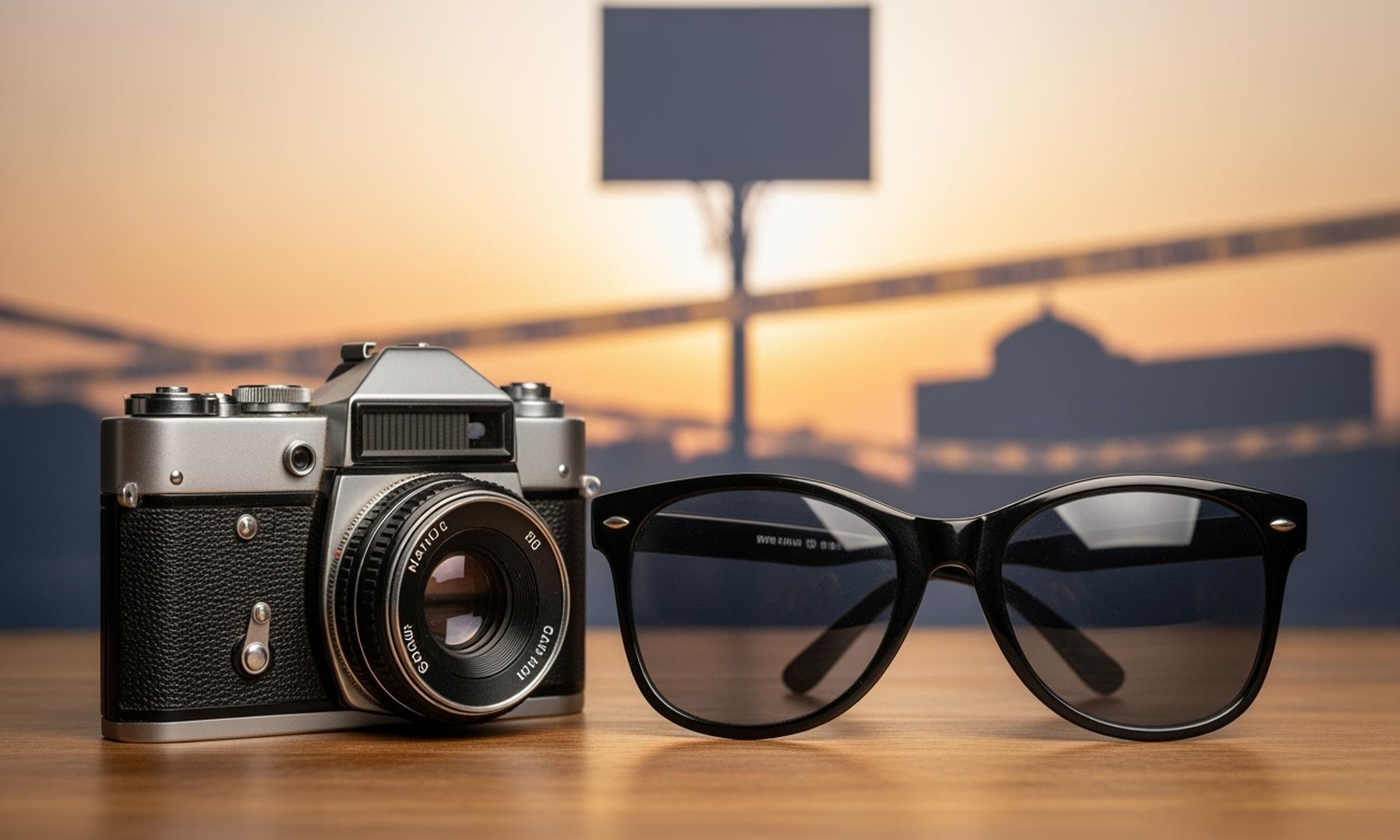What's Happening?
The landmark building at 190 Bowery in New York City is set to welcome Industrious, a leading 'workplace experience' company, as its long-term office tenant. This marks the first time the building will
have a long-term tenant since it was sold by photographer Jay Maisel to Aby Rosen's RFR in 2015. The 38,000 square-foot former bank building, mostly vacant after Rosen's purchase, will now serve as a flagship location for Industrious. The building's ground-floor retail space is occupied by the trendy clothing store Supreme. RFR has modernized the building's systems and preserved graffiti on the lower floors as an homage to the neighborhood's gritty past.
Why It's Important?
The leasing of 190 Bowery to Industrious represents a significant development in the real estate landscape of New York City, particularly in the NoLita and Lower East Side area. The building's transformation from a mostly vacant space to a vibrant office location highlights the ongoing evolution of urban spaces to accommodate modern business needs. This move is expected to bring long-term stability to the building and contribute to the area's economic vitality. The presence of Industrious, known for its innovative workplace solutions, may attract other businesses and enhance the neighborhood's appeal as a business hub.
What's Next?
With Industrious set to occupy 190 Bowery, the building is poised to become a central hub for workplace innovation in New York City. The company's presence may lead to increased foot traffic and business activity in the surrounding area, potentially spurring further development and investment. As the building becomes a flagship location for Industrious, it may serve as a model for similar transformations of historic buildings into modern office spaces. The successful leasing of 190 Bowery could encourage other property owners to explore creative uses for underutilized spaces in urban environments.
Beyond the Headlines
The transformation of 190 Bowery into a modern office space reflects broader trends in urban development, where historic buildings are repurposed to meet contemporary needs. This approach preserves architectural heritage while adapting to current economic demands. The preservation of graffiti on the building's lower floors serves as a cultural nod to the area's history, blending past and present in a unique way. Such developments highlight the importance of balancing historical preservation with modernization in urban planning.











